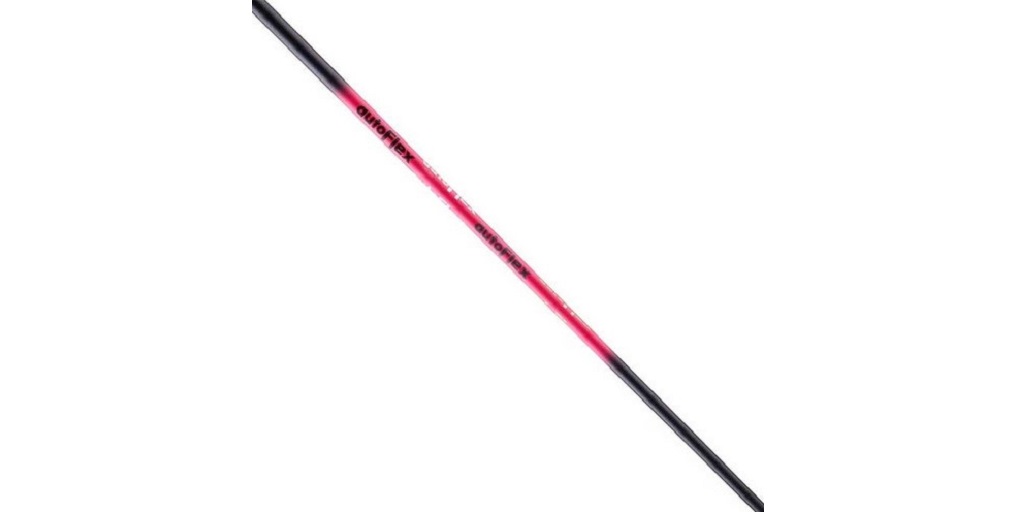Strong golfers with higher swing speeds want a stiff, predictable shaft with no “whip,” with a low torque rating and a high kick point.
Golfers with slower swing speeds want shafts that load fluidly but are sturdy enough to deliver consistent results and control shot dispersion while also offering a boost to clubhead speeds.
Almost all golfers want more feedback, better sensitivity, and lighter-weight shafts that are easier to swing faster. Most golfers also appreciate shaft and club combinations that offer greater forgiveness and MOI.
So, golf equipment manufacturers shell out untold millions of dollars per year in research, testing and development, and then more testing and development, in order to create the next “great thing.”
Shakespeare Sporting Goods did it in 1969 with the first graphite golf shaft. Ten years later, TaylorMade Golf revolutionized the sport with the game’s first Metalwood.
And now, we have AutoFlex golf shafts, which has been fairly well received by golfers that have used it.
So, what does it offer that other golf shafts don’t?
Low Swing Weight and Consistent Performance
The thing about AutoFlex golf shafts that has really gotten everyone’s attention is that they’re supposed to be the “real deal” when it comes to boosting clubhead speed - and therefore, shot distance.
AutoFlex shafts contain what they call “Korea hidden technology,” or “KHT,” that makes it possible even for players with slower swing speeds to add power to their swing and therefore distance to their shot.
The specific technology has not been disclosed and AutoFlex has not even patented the technology, perhaps in a bid to keep it impossibly hidden.
Nonetheless, these shafts pair a high degree of flexibility with low weight and low CPM. This gives them unique strength (despite their thin walls) and an even more unique ability to load fluidly through transition while remaining stable on impact.
What’s interesting is that most golfers that play with these shafts note that they do feel whippy in the hand - but that they are not burdensome or uncomfortable to swing and that they produce fairly consistent - to very consistent - results.
Another interesting aspect of AutoFlex golf shafts is that they are supposed to “automatically” optimize the transfer of energy - regardless of swing speed. This means that all different sorts of golfers should (at least in theory) be able to use an AutoFlex shaft that will work for them.
They’re also 20g to 30g lighter on average than other similar conventional shafts, which reduces body strain during the swing. These shafts also produce a very low CPM, or “cycles per minute,” which helps to prevent the club head from wobbling or vibrating on the downswing right before the point of impact.
These unique attributes converge in AutoFlex golf shafts to produce shafts that are curiously well-suited to players with both high and low swing speeds.
And the result is this: whether you have a high or low swing speed, AutoFlex shafts can probably deliver longer and straight drives.
Not Only for Long Drives
One thing you need to know about AutoFlex shafts. Even though they are designed to add distance, they’re not just for distance drives. In addition to driver shafts, AutoFlex also makes iron shafts and shafts for fairway woods, too.
Where Can You Learn More About AutoFlex Golf Shafts?
Interested in learning more about AutoFlex golf shafts so you can make an informed decision about whether or not they can actually make a meaningful difference in your game by improving distance and accuracy?
Visit Dallas Golf Company online at DallasGolf.com or call them at 800-955-9550 to speak with one of their fitters. They’ll fill you in on the details and help you make an informed decision.
For More Information about Mitsubishi Shafts and Custom Golf Shafts Please Visit: Dallas Golf Company Inc.








